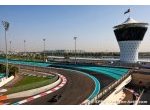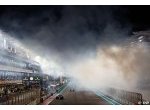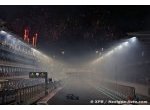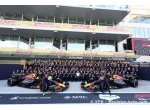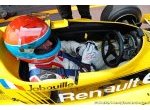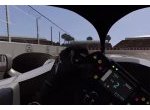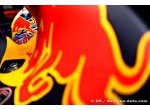Q&A with James Allison (Lotus tech director) before Austin
“Austin provides a much sterner test of the car”
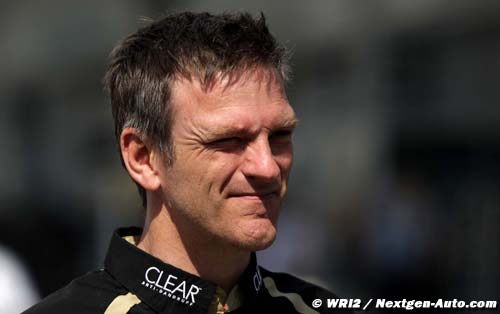
Entering the nineteenth of twenty races in the 2012 season, Technical Director James Allison outlines what’s still to come from the car and why the race in Abu Dhabi came good.
Why did everything come together for the team in Abu Dhabi?
Since we upgraded the car with the Coandă exhaust system in Korea, the E20’s actually been pretty decent. It maybe hasn’t looked that way in Korea and India as we were trapped behind other people, but the pace of the car in the races has been strong. In Abu Dhabi, Kimi was making very confident sounding noises before the race as he was happy with the car. What we needed was an adequate result from qualifying to give us half a chance, and then a good start. We got both of those; Kimi did a cracking lap in qualifying, there was a bit of good fortune with Sebastian [Vettel] going to the back of the grid, then a bit more good fortune by Webber having a poor start. It was the first race for a long time where we could run the car in free air near the front of the grid and – hey presto – we won the race.
How difficult it is heading to a circuit that’s never been raced on before?
It’s certainly more difficult than going to a circuit which we have raced on before! The good thing is that it is a level playing field in that regard – no team has raced on the Circuit of the Americas before. For the engineers it’s a bit more of a challenge not knowing the peculiarities of the circuit. We know the layout of the track and there are a good number of simulations we can do such as suspension settings, wing levels, gear ratios, but the idiosyncrasies will need to be worked on at the track itself.
What’s the state of play with upgrades? Are there more to come?
We are still experimenting with the latest evolution of our Coandă system. This delivers the same downforce as the one we introduced in Korea and used in the Abu Dhabi race, but does not sap as much power from the engine. We trialled this evolution in Abu Dhabi, but opted to go for the known quantity of the Korea-spec. Now we have the young driver test behind us, we are confident that this evolution will assist with around an extra six horsepower for the last two races of the season. We also have a little aero upgrade to the front wing too.
Austin should be at a similar downforce level to Abu Dhabi, so should you do well there?
It’s a similar overall downforce level used on the car, but it’s a very different circuit from the Yas Marina. There is a much wider range of corner types. Austin has a series of flowing fast corners which doesn’t exist in Abu Dhabi, then there are some slow chicanes which do. The diversity of corners means that it’s a much sterner overall test of the car. However, if we look at other tracks that test the car in this comprehensive manner, we’ve been pretty good.
How useful was the young driver test?
We were able to evaluate three drivers and get different input for the car which is always useful, but primarily the test allowed us to calibrate our factory based tools we use to assess what is good and what is bad for developing the car. We were able to measure our simulations against reality by performing correlation tests at the track. The young driver test gave us a brilliant opportunity to catch up with the backlog of these correlation tests that have built up over the course of the year to make sure that the design direction we’ve taken from our factory-based tools is not leading us astray. This is valuable as we approach our final two races of the season, but also for design developments heading into next season too.
